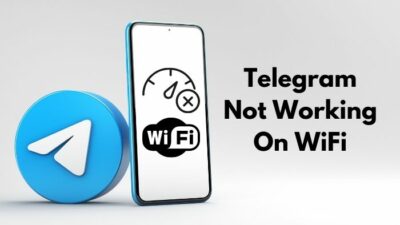To keep your pc up-to-date, sometimes you need to install a new OS for your PC.
But sometimes you have to face some problems.USB not detection is the most common one.
BIOS sometimes cannot recognize your bootable USB.
Don’t get frustrated, I will tell you about the reason behind this problem and the solution to this problem.
BIOS does not detect USB because of USB settings Disabled. Sometimes this problem is caused for the Imcopatible USB version.
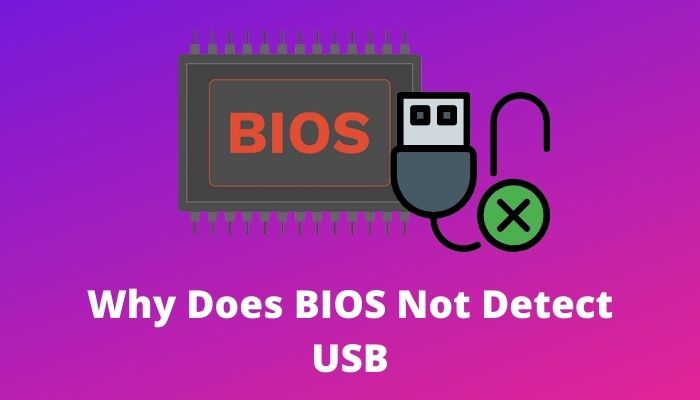
Now let’s jump into the cause of this problem and try to fix this issue.
Follow our guide to fix CPU Fan Not Detected in BIOS
Why does BIOS not recognize USB for the boot?
Nowadays, most users use a USB device as a bootable device to install their OS because it is an easy process to install OS.
Sometimes, BIOS is not able to detect the USB. There are various reasons for causing this problem.
Before you know the reason, first you have to know about the BIOS and its relation with USB.
What is BIOS?
BIOS basically is an instructor that instructs the basic programs of computers.BIOS also compiles booting and hardware control.
You also need BIOS to configure hardware like Mouse, Keyboard, RAM, etc.
BIOS is pre-installed software. It is installed in motherboard after in manufacture.BIOS set-up utility depends on the motherboard.
Other softwares like OS are installed via BIOS. You need a bootable disc or USB device for installing OS on your PC.
But sometimes, BIOS does not detect the USB to boot the system. There is some reason behind it.
Here I describe the primary reasons for unrecognized USB in BIOS:
- BIOS does not detect a corrupt USB device. If your USB device is Corrupt or Unbootable, it is never detected by the BIOS.
- The incorrect boot order is another reason for BIOS not recognizing the USB. Your PC always chooses the first boot option from BIOS.
- The USB does not detect by BIOS if the USB port is broken-out or loose. If you connect your USB to a damaged port, it doesn’t connect to BIOS.
- The old USB version is another reason BIOS does not detect the USB. If you have an old USB like the 1.0,2.0 version, it doesn’t support the recent BIOS of Windows 10 or 11.
These are the main reasons for BIOS not detecting a USB. Now Let’s write about the solution to this problem.
Check out our expert-recommended Gateway BIOS Updates.
How do you fix the BIOS not detecting the USB issue?
Once you detect all the reasons for this issue, you will fix this issue very quickly. Just follow a few BIOS settings steps and promptly find a quick solution to this issue.
Here I describe the methods that can help you to fix this issue:
1. Select the ‘Use a Device’ option for boot
Here are the steps for the ‘Use a device’ option for booting your computer:
- First of all, press the Restart button and also hold the Shift key at the same time.
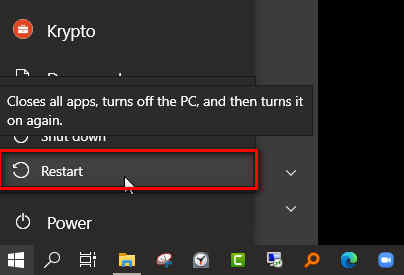
- After rebooting, Some options will be appearing on your screen. One of them will
Check out our latest fix: M.2 SSD Not Showing Up In BIOS.
Use a device.
- Now click on this option and select a device to boot.
- If your computer is compatible, it will select the bootable device automatically.
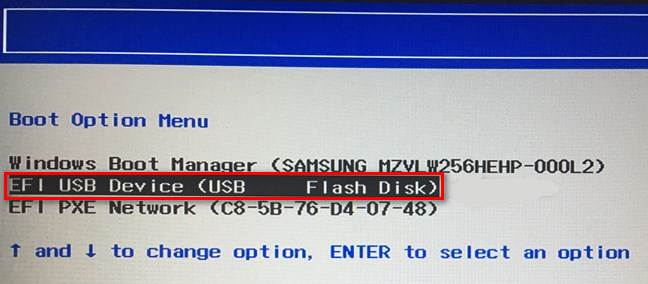
2. Set a Boot Priority for Your USB device
If your computer’s BIOS doesn’t recognize the USB device automatically, then you have to select a boot priority for your USB device manually.
Here are the steps to set a boot priority to a USB device:
- First, shut down your PC
- Then press the power button to start it.
- Press the specific key for entering the boot menu in BIOS. In general, you have to press the Esc key most of the time to enter the boot option. You don’t have to press any key if your computer has a fast boot option.
- Now find the BOOT tab in BIOS and enter into it.
- Go to the options and select your USB device as the first boot option.
- Now press the F10 key for the save changes.
- Restart the computer and see the changes.

These steps are for manual methods for detecting a USB device for BIOS. By using these methods, you can solve your USB issue in BIOS. But for recent OS like Windows 10,11, there are other methods to solve the USB and BIOS issue.
How do you configure a USB that the BIOS does not detect
Recent Operating systems need compatible USB for boot. Otherwise, your BIOS will not detect your USB to boot.
Here are some methods for configuring your USB for BBOT:
1. Format your USB drive to FAT32 NTFS
Format your USB drive to NTFS FAT32. If your Boot mood is UEFI, you need to format your USB device as FAT32 NTFS.
Here are the steps for formatting your USB device as FAT32:
- Press this pc tab and go to the USB device. You will also go there by clicking Windows+E.
- Now right-click on the USB device.
- Select the format option
- A tab will appear.
- Now select ‘FAT32(Default) in file system.
- Click the Start button to start the formatting.
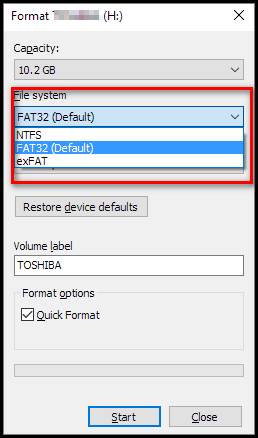
After finishing the format, your USB device will convert as FAT32 NTFS format.
2. Make a bootable USB drive by Windows media creation tool
Boot your Device with the windows media creation tool. That will be a great solution.
Here are steps on how you create a bootable USB via the windows media creation tool:
- Download the ‘Windows media creation tool.’
- Install it on your PC.
- A windows setup tab will appear.
- Now select ‘Create Installation media’ and click on the Next button.
- Select the proper Language, Edition, and Architecture that is suitable for your PC.
- Now select the USB flash drive option.
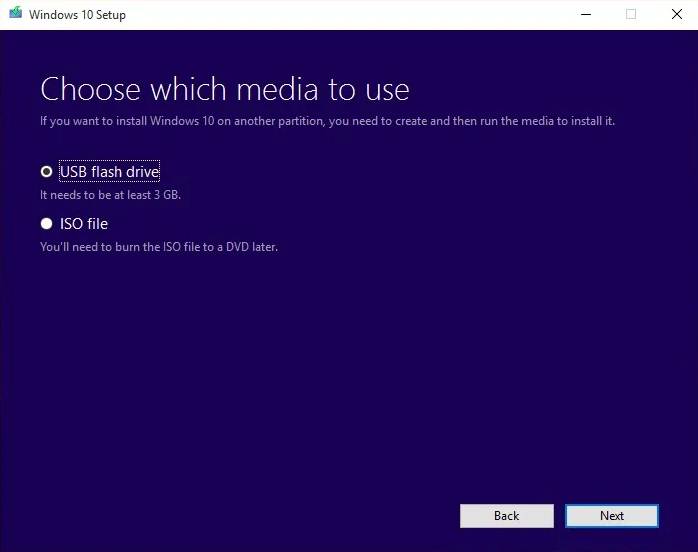
- Click on next.
- Now the tool will download the windows file automatically.
This is how your device will convert into a bootable USB device by the Windows media creation tool.
Do check our latest post on the BIOS Application Error 501.
3. Set the USB Drive as the first boot option
Setting the USB drive as the first boot option is another solution for the USB drive issue in BIOS.
Here are the steps for setting your USB drive for the first boot option:
- Restart your computer and press the specific key to enter the BIOS settings.
- Go to the Boot settings option.
- Now find the Boot set up utility option.
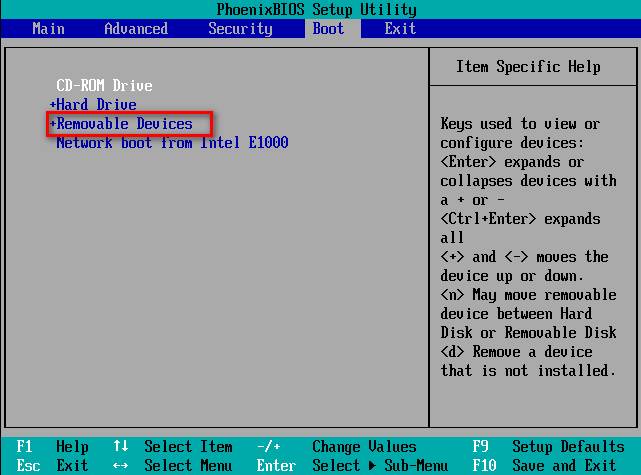
- Set your boot set up priority to the USB drive.
- Click ok to save changes.
This is how you set your USB for the First boot option. If you don’t find the option, your computer will not be compatible with this option.
4. Change your Legacy BIOS Boot mode
Change your Boot mode with Legacy BIOS boot.
Here are the steps to change the Boot mode into Legacy:
- Restart your PC and enter into the BIOS.
- Go to Boot option.
- Find UEFI/BIOS boot mode option and click on it.
- Now select Legacy Mode if your device is not NTFS formatted.
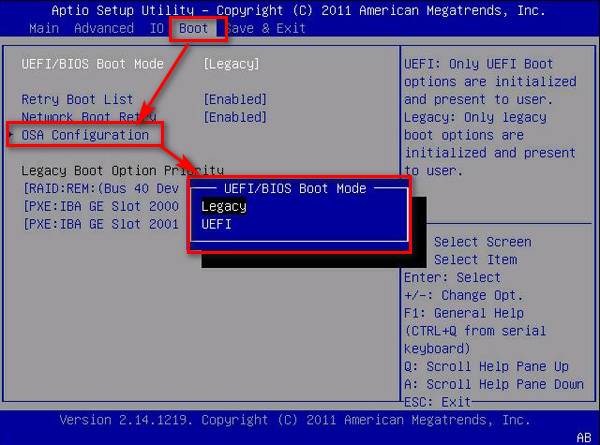
5. Disable your Secure boot control option.
Disable your secure boot control option. Some time BIOS does not detect the flash drive for Secure Boot control.
Here are the steps for disabling secure boot control:
- Restart your PC and go to BIOS settings.
- Now go to the Boot menu.
- Find the CSM option.
- Go to the Security option in CSM.
- Now find the Secure boot control option and click on it.
- If it is enabled, Disable it.
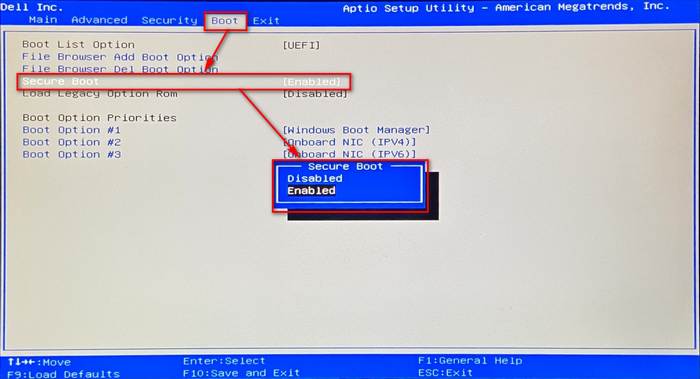
Now your BIOS will find your USB flash drive for Boot.
Quickly check out our latest fix for BIOS Not Detecting USB.
Conclusion
That’s all for ‘USB and BIOS’ detecting issues for PC.
In this post, I tried to find all the reasons why BIOS doesn’t detect the USB and the solutions for this issue.
Hope this post will help you and you can solve this issue by giving solutions.

